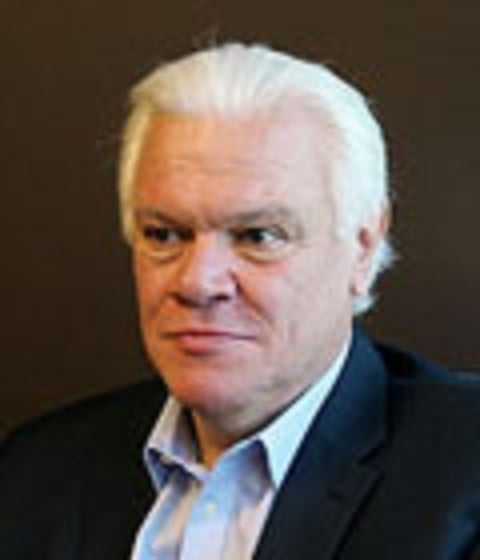LOS ANGELES — TM Forum and The Linux Foundation have launched a formal partnership in an effort the two organizations say is aimed at enabling service providers to more rapidly adopt new open source project technologies while driving a broader ecosystem of open source and applications.
Under the terms of the agreement, the TM Forum and The Linux Foundation will work on driving commercial deployment of open source software within industry standard architectures.
RELATED: TM Forum launches Open Digital Architecture program, sets new OSS blueprint
Ken Dilbeck, VP collaboration R&D for the TM Forum, told FierceTelecom that the collaboration will enable the two organizations to present a common set of capabilities to the service provider that are largely complementary.

“We believe both groups have assets that will contribute to each other,” Dilbeck said. “There are things that the Linux Foundation are working on that the TM Forum are will be able to reuse and there are assets that the TM Forum has that are going to be directly applicable to some of the work efforts that are directly under The Linux Foundation.”
Being a member-driven association, the collaboration with The Linux Foundation was something that service providers that participate in the TM Forum asked for to accelerate collaboration and project development.
Arpit Joshipura, general manager of networking and orchestration for The Linux Foundation, echoed a similar tone.

“The value of the partnership with the TM Forum is related to the value of the external APIs work for standards in open source,” Joshipura told FierceTelecom. “Both of these groups have created groups around collaboration whether it’s in the open source community or an ONAP user group in the TM Forum. The best part of it is the standards group was able to get the approval for moving licenses to open source licenses, which is Apache 2.0, and that allows to coordinate and collaborate.”
Driving API development
A key element of the partnership will be the ongoing focus on developing application programming interfaces (APIs) and other features both organizations can take advantage of for their projects.
As part of the partnership agreement, TM Forum has introduced licensing of its Open APIs under Apache 2.0 License terms and conditions, allowing the APIs to be shared across the entire Linux Foundation community for use in any of its open source projects.
“We plan on working very closely with The Linux Foundation for the foreseeable future in a couple of different areas specifically around the reuse of our APIs as well as the TM Forum’s ability to exploit the Linux Project and machine learning in the AI area to help us build out the open digital architecture we recently announced,” Dilbeck said.
The two organization will achieve their goals by adopting the TM Forum’s Open APIs within open source projects, providing standardized interworking with other systems.
Because they are part of TM Forum’s Open Digital Architecture, these APIs will accelerate the deployment of open source software both within service providers and also across broader ecosystems, supporting greater agility for a service provider’s existing operations as well as enabling new business models with ecosystem partners.
TM Forum’s suite of over 50 REST-based Open APIs are used by more than 4,000 software developers in over 700 companies worldwide. These APIs have previously been contributed to several external projects—including the extension by MEF of four TM Forum Open APIs in its multioperator LSO Sonata software development kit—but this agreement with The Linux Foundation raises the collaborative bar even further.
“We believe our REST APIs, which are built on a common information model and common data model, reduces a lot of the integration complexities that exist if APIs evolve more organically,” Dilbeck said. “That will be a key benefit that the Linux Foundation will be able to exploit not only for the ONAP project, but for the Linux Foundation in the broader sense.”
Furthering AI, automation
Besides enabling more providers to take advantage of APIs, the partnership will drive more innovation around artificial intelligence (AI) and network automation—two areas that service providers have continued to drive as they migrate towards SDN and NFV.
While still a nascent concept, network automation tools support a variety of functions, including network mapping and device discovery as well as others like provisioning virtual network resources. Network automation will also play a role in provisioning virtual network resources as well as SDN network virtualization and orchestration, enabling auto provisioning of virtual network functions and services.
RELATED: 2018 Preview: Network automation will take hold in operator networks
For example, Bell Canada is equipping its development and operations teams with DevOps tools. The initial application for ONAP and network automation in Bell Canada's network will be on its data center business, a segment that’s used to support its growing applications.
Likewise, AI is applied when a machine mimics "cognitive" functions that humans associate with other human minds, such as "learning" and "problem solving.”
Dilbeck said network automation and AI will also be two concepts they can use to play up via their relationship with the Linux Foundation.
“For us, AI and automation are the next slice or next phase of our architectural thinking,” Dilbeck said. “We do plan on exploiting those two concepts as much as we can with The Linux Foundation.”